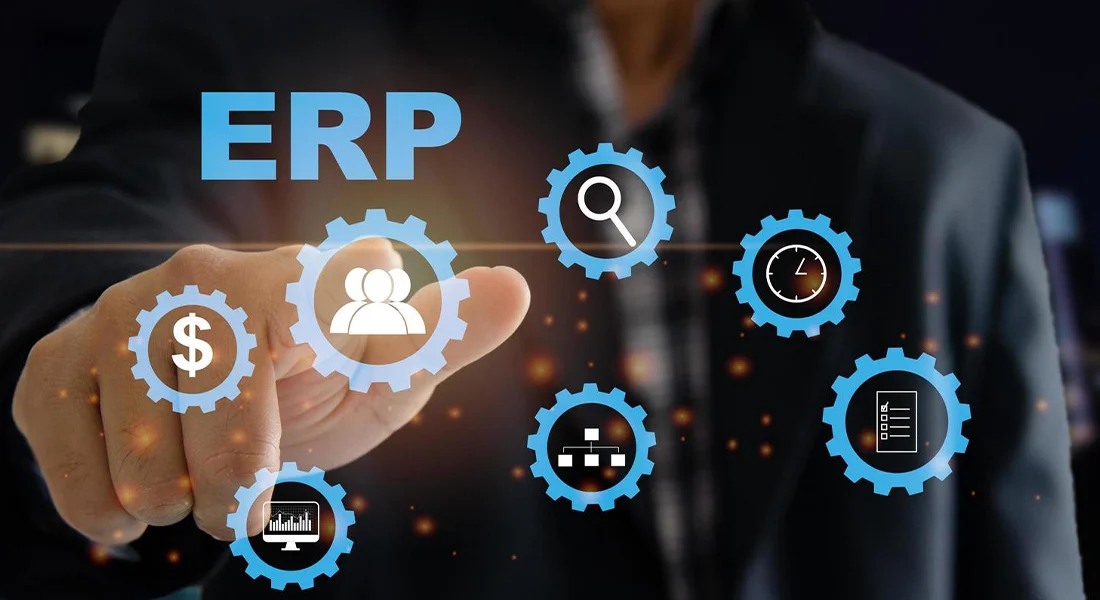

In the modern digital-first business landscape, companies are turning into more mobile-dependent businesses to remain competitive. A Mobile ERP System enables businesses to manipulate their fundamental businesses simultaneously of finance, Human resource, supply chain, and customer management through a mobile phone gadget. Mobile accessibility has been a game-changer to businesses that have been using erp software in Saudi Arabia. Selecting the appropriate Mobile ERP solution is a sure bet to efficiency, flexibility, and real-time decision-making that a modern business requires to scale.
Mobile ERP System adds the capability of the traditional ERP software to the smartphones and tablets. It implies that real-time data on the company can be accessed by the employees, managers and executives without the need to have them attached to a desktop.
Suppose a sales manager has to approve purchase requests when travelling away, or a warehouse supervisor needs to know the inventory levels in the shop, directly. These attributes reveal why mobile ERP applications are essential in a world where business decisions will not have until back at the office.
In the case of expanding corporations, application features such as Quickdice ERP make operations easier with its easy to use dashboards, ERP integration services and cloud ERP that are seamlessly integrated with MSMEs. The mobility factor increases productivity as well as collaboration of different departments.
In order to fully appreciate what is meant by the strength of mobile ERP, it is important to first appreciate its major components. These typically include:
Businesses need to take these components into consideration when choosing a Mobile ERP solution in order to make sure that the system fits their needs.
Implementation of a Mobile ERP System does not only automate business processes but it actually transforms the way business processes are handled.
Mobile ERP allows removing bottlenecks and establishing nimble working conditions by allowing small businesses to communicate instantly and use ERP.
Mobile ERP installation is not successful without a proper plan and execution. The step by step guide is practical as shown below:
1. Define Business Needs– Specify the departments that will be most helpful with mobile ERP apps (finance, sales, logistics, etc.).
2. Choose the Right Vendor – Consider such solutions as Quickdice ERP that is designed with scalability and mobile-first capabilities.
3. Test the compatibility- Make sure that the Mobile ERP solution is compatible with both iOS and Android systems.
4. Enhanced Collaboration- When ERP is a cloud, it will be necessary to establish secure hosting and backup systems.
5. Data Migration –Move current ERP data to the new mobile-enabled system.
6. Pilot Testing- How to Test on a small scale prior to complete implementation.
7. Full Deployment- Implement the solution at the organization level.
8. Training and Onboarding- Proper training of staff on the features of the mobile ERP.
The staged approach will involve a seamless Mobile ERP implementation that will reduce disruptions.
Once the ERP system has been installed, it is important to configure the system. In the absence of this, even the most effective Mobile ERP solution might not perform. Businesses should focus on:
By configuring the ERP system accurately, the companies will be able to utilize the full capabilities of Quickdice ERP to optimize their business operations without violation of compliance and security.
The mobile ERP transition has physical benefits to both small and large-scale businesses. There are several advantages of Mobile ERP such as:
1. Real-time Decision-Making- Managers can be provided with instant access to the financials, project updates, and sales reports.
2. Increased Productivity –Employees have less time to make manual entries and more time to do value added activities.
3. Cost Effectiveness – loud-based ERP lowers the cost of IT infrastructure hence it can be used by startups and MSMEs.
4. Improved Teamwork- While the teams can work together across departments and across geographical boundaries, there is no communication gap.
5. Scalability- A Mobile ERP such as Quickdice ERP is able to expand with your business and fits new requirements.
Such benefits of mobile ERP render it unambiguous why organizations all over the world are shifting to mobile-first ERP systems.
Although it has its advantages, implementation of Mobile ERP System has challenges:
Those businesses that consider these challenges throughout the rollout of Mobile ERP solutions will have an easier time with their adoption and an increased ROI.
Enterprise management is being influenced by the emergence of mobile technology. The investing businesses in a Mobile ERP System become agile, productive, and possess real-time insights, which are vital in the modern competitive market. Quickdice ERP is among the best solutions that are setting the trend and providing scalable, secure, and feature rich platform to organizations in the various industries.
In the future, the Mobile ERP solutions providers will keep adding AI, automation, and predictive analytics to the mobile platforms. This will enable businesses to be able to monitor their operations, as well as forecast the challenges before they occur.
In a word, the future of companies that are mobile is there. Using the Components of a Mobile ERP System, companies will be able to pursue new opportunities, optimize the workflow, and be at the forefront of the curve.
Comments are closed